Nokia goes further into this OpenRAN game by opening its fronthaul interface with three 3rd party vendors now. Nokia has already integrated third-party TDD RRH from three suppliers with its […]
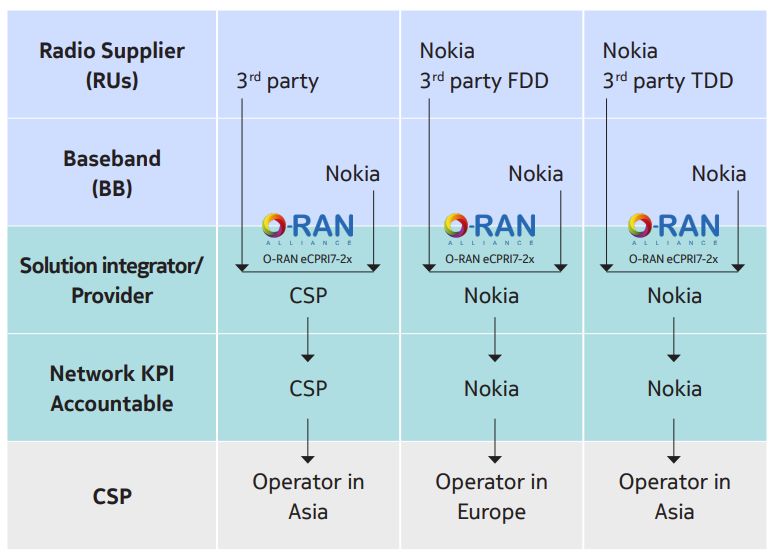
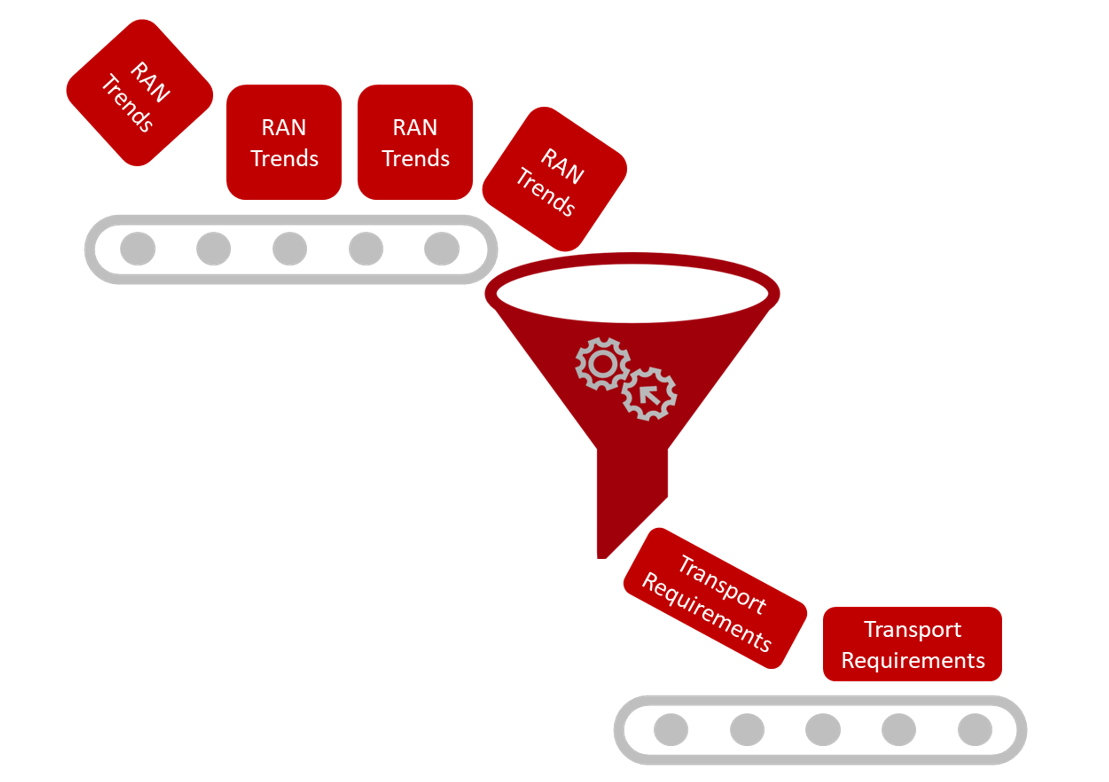
My telecom journey started 13 years ago in the access domain which more specifically we can call it RAN or Radio Access Network which mainly focuses is more towards Air […]
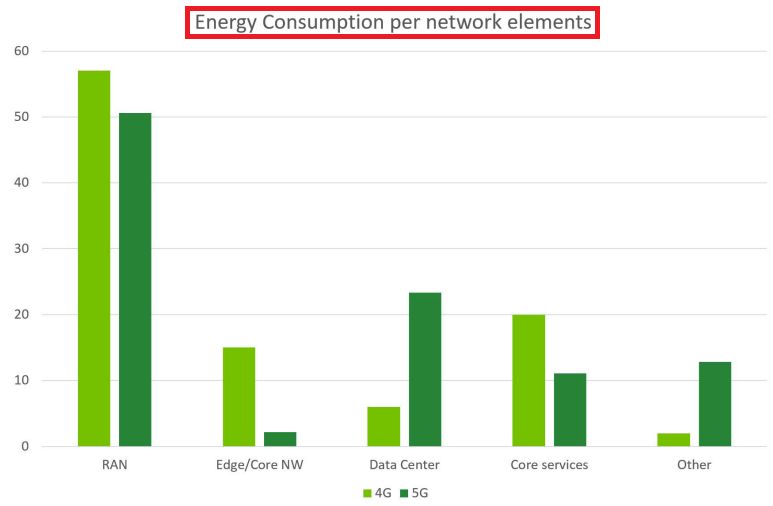
The fact of Sustainability in mobile networks starts with power reduction and meeting net-zero goals, and as we know wireless networks consume large amounts of resources, from electricity to raw […]
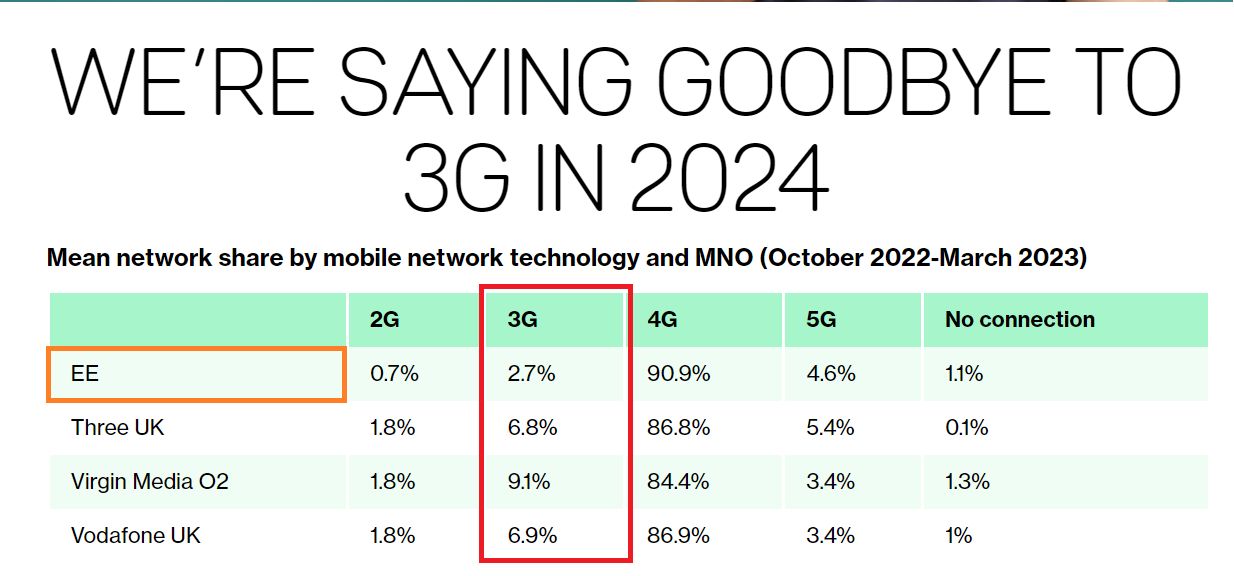
This is not the first time we discussed the 3G Shutdown or Sunset topic, however, this time the numbers will talk 🙂 All UK mobile network operators have committed to […]

If you’re a Telecom Engineer and Hungry, this article is for you 🙂 During my discussion with my non-telecom friend, he was asking about the Telecom tower’s radiation and how […]
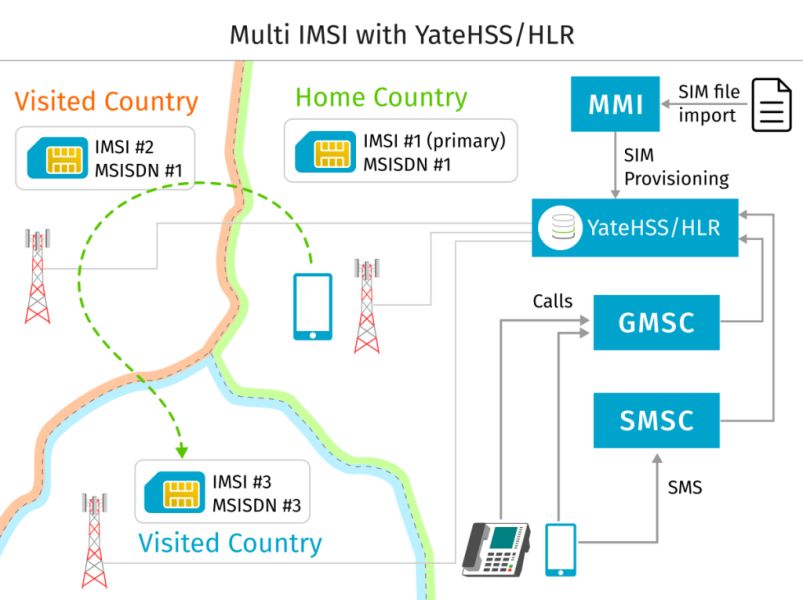
At a conceptual level, the SIM identifies the subscriber to the network and enables this identity to be securely authenticated. When a device connects to a network, the SIM in the device […]
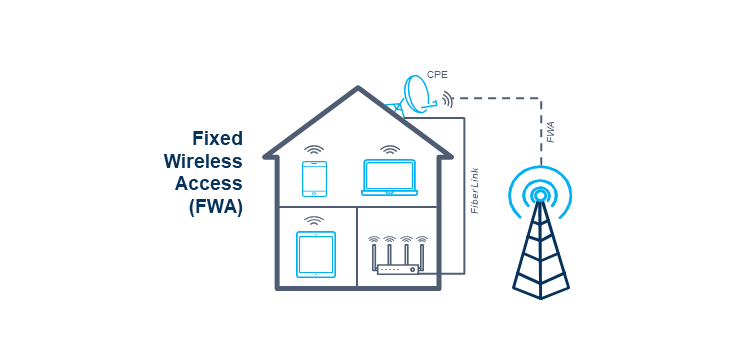
5G has made it possible for wireless networks to compete against fiber, satellite, xDSL, and cable in delivering high-speed broadband service to residences and businesses at attractive prices through FWA. What is FWA? […]

5G defines the use of wide radio channels. Whereas 4G is limited to a maximum radio channel size of 20 MHz, 5G standards specify the use of radio channels up […]

From the perspective of global network coverage, more than 80% of land areas and 95% of sea areas are not covered by ground cellular networks. The 5G network was built […]

5G delivers higher data speeds, and lower latency, and supports more users, devices, and services while simultaneously improving network efficiency. As defined by the Third-Generation Partnership Project (3GPP), the 5G […]
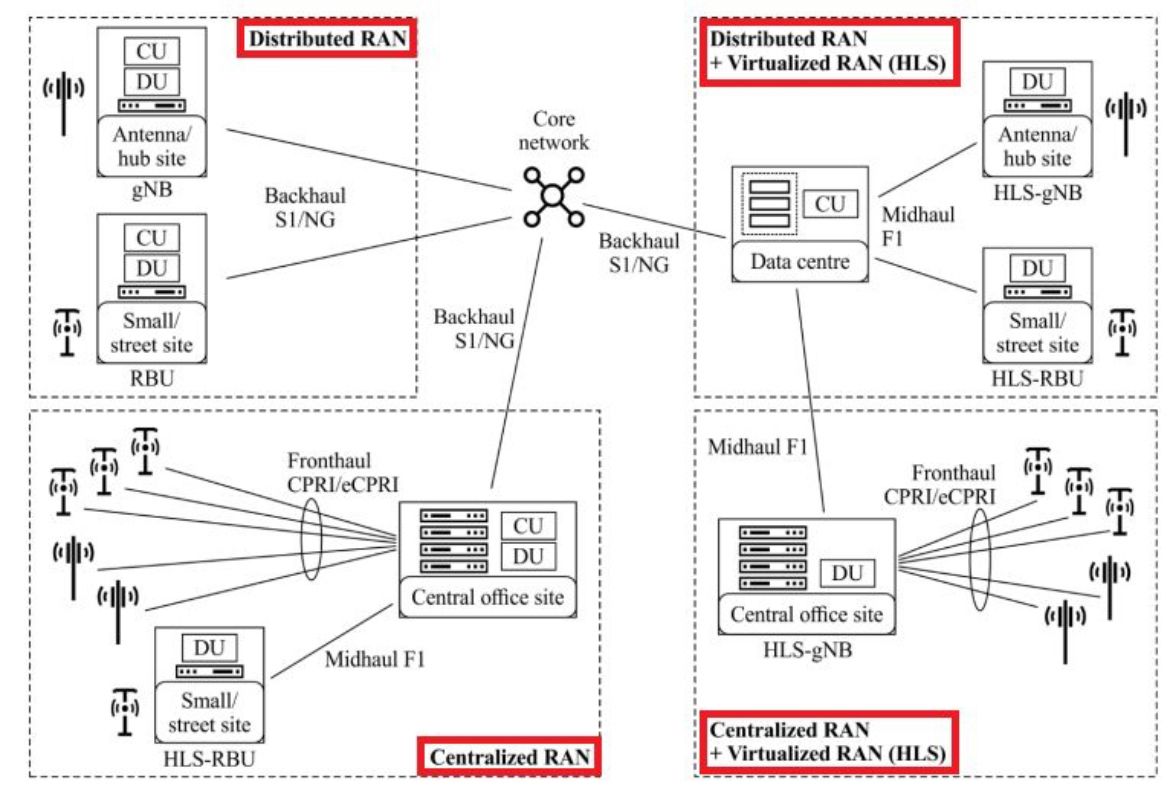
? 5G network comprises a remote radio unit (RRU), distributed unit (DU), a centralized unit (CU), and a core network. The terms fronthaul, midhaul, and backhaul are describing the 5G […]
